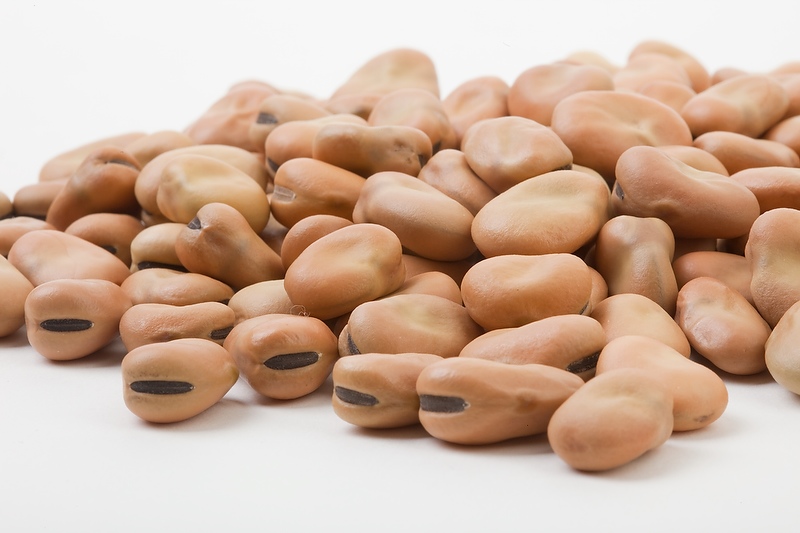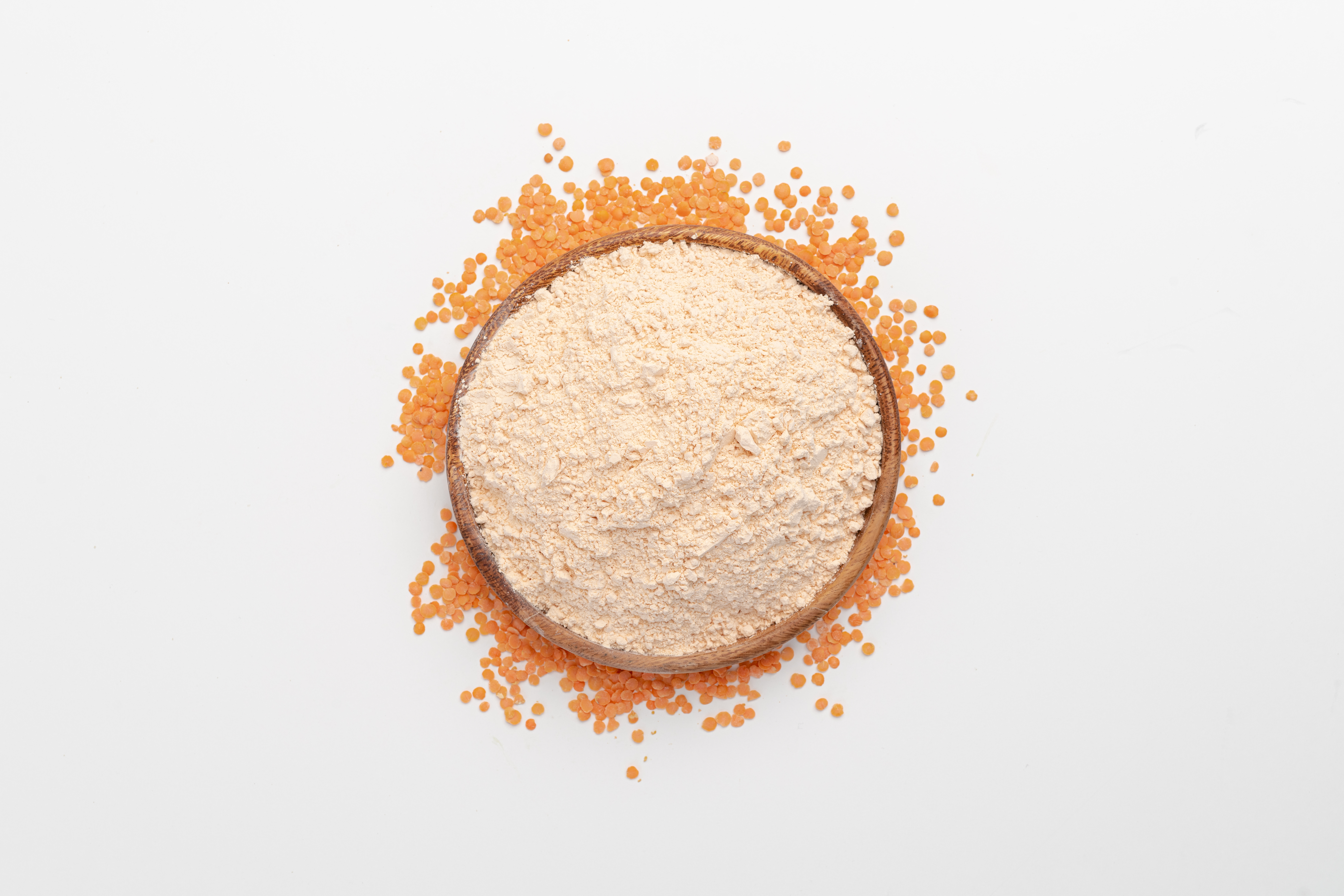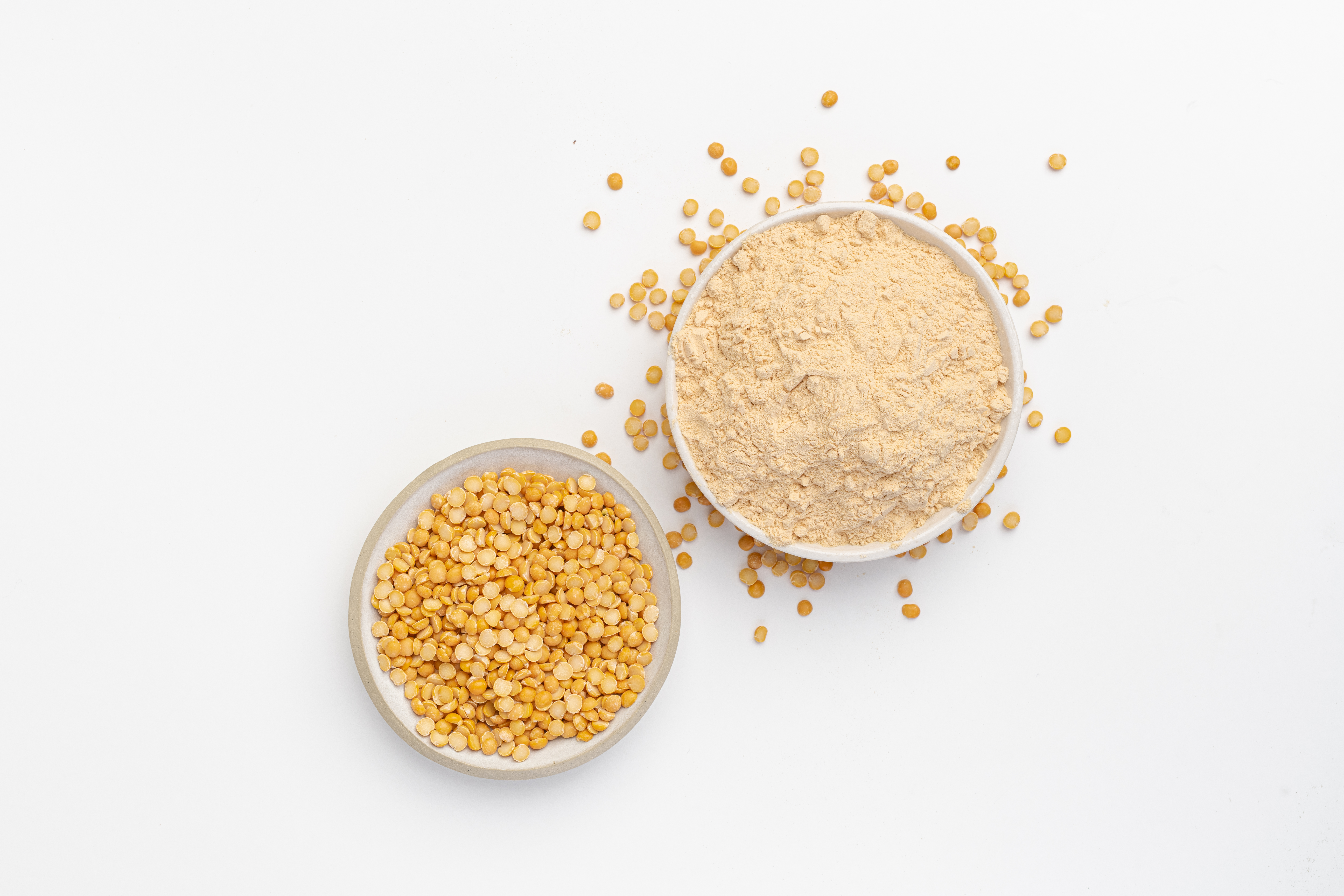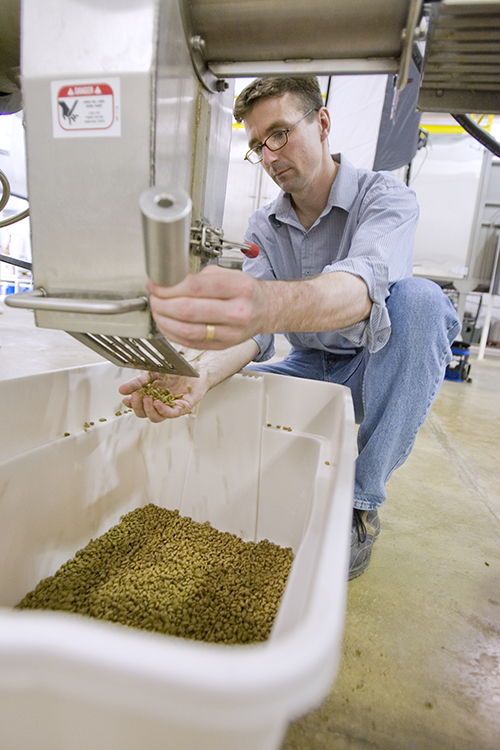New faba bean varieties with value-added traits are ideal for pulse growers looking to market their crops to Canadian food processors—especially those developing alternatives to dairy products and other growing markets.
By examining three faba bean varieties—Fabelle, Malik, and Snowbird—and comparing their traits to soybean and dry pea, faba bean’s chief competitors in the plant- based protein arena, Agriculture and Agri-Food Canada researcher Dr. Janitha Wanasundara and her team hope to learn about new varieties that utilize the crop’s potential while benefiting growers and food processors.
“While there is plenty of research into the nutritional benefits and uses of older varieties of faba bean, these newer varieties have not yet been thoroughly explored until now,” says Dr. Wanasundara, adding that the results, so far, have been encouraging.
Valued for its nutritional properties, faba bean is becoming a viable option for growers in Manitoba, Saskatchewan, and parts of Alberta, and is used primarily for food and feed.
Nevertheless, faba bean has failed to achieve the level of commercial appeal enjoyed by other pulses, due in part to its occasionally bitter taste and the presence of compounds that make it harmful to a small number of people who suffer from favism, a potentially life- threatening enzyme deficiency.
In recent years, plant breeders have produced faba bean varieties with lower amounts of vicine and convicine, two antinutritional factors, to reduce the risk to those individuals with favism. Dr. Wanasundara and her research collaborators compared one of these varieties, Fabelle, against a more traditional large-seed variety called Malik, often used in canning, and a medium-sized low-tannin variety called Snowbird.
Researchers grew the crops in locations across Saskatchewan over two years and sent the harvested faba beans to the Canadian Grain Commission for processing through its advanced dry fractionation equipment.
Dr. Wanasundara also collaborated with starch, protein, and food scientists to find out how different fractionation processes impact the starch and protein concentrations derived from milled dry faba bean.
“For farmers, it does not matter what variety you grow, as we found that fractionation will yield equal proportions of protein and starch from each cultivar,” says Dr. Wanasundara. “We did notice that favism factors concentrate more in the protein fraction, especially in dry fractionation, but some amount tends to leach out in the liquid used in wet fractionation. This information may influence how the food industry chooses to process and label these components.”
According to Dr. Wanasundara, faba bean protein and starch derivatives have enormous potential as ingredients in foods aimed at the growing market for soy and dairy alternatives.
“Without a list of additives, faba bean protein cannot make a firm tofu like soy does, but it can be made into a soft gel perfect for plant-based yogurts or whipping creams. For these applications, faba bean protein requires less additives than soy, which is another benefit.”
Faba bean starch forms a gel when mixed with water at a lower temperature than cornstarch, which is normally used in food processing—an advantage that positions it as a better base for puddings, pie fillings, and similar products. Faba bean starch also keeps its structure after cooling, which corn and pea starch cannot.
These benefits point to opportunities for increased profits among faba bean growers and other pulse farmers in the rapidly expanding food processing marketplace.
Dr. Wanasundara and her team also hope to find out what causes the bitter flavour that makes faba bean unappealing to some people and explore strategies to eliminate it—a development that will raise faba bean’s importance to farmers and food processors even higher.

Project: Strategic approaches for faba bean value addition and utilization
Industry Funder: Saskatchewan Pulse Growers
Project Cost: $755,982.30
Project Completion Date: March 31, 2023



